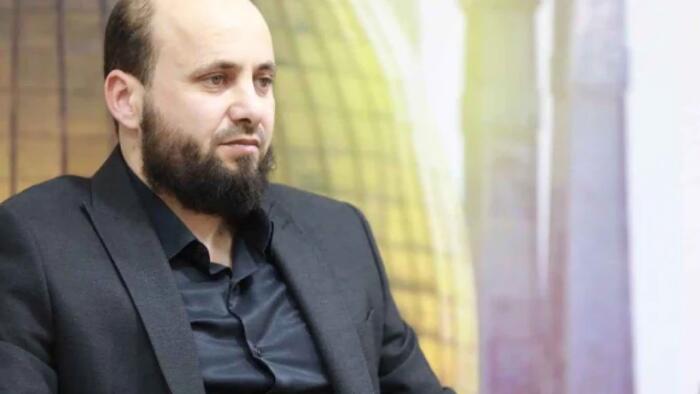In a significant shift in the Syrian political landscape, Hayat Tahrir al-Sham (HTS), previously known as Al-Qaeda’s affiliate in Syria, has appointed Mohammad Bashir as the head of a newly established transitional authority. Bashir, who previously served as the prime minister of the HTS-led Salvation Government formed in 2017, now takes on the role of prime minister of Syria, reflecting HTS’s consolidation of power amidst ongoing conflict in the region. The transition comes after a major Turkish-backed military offensive against Syria, which has further intensified the already complex dynamics between various factions vying for control. Outgoing Syrian premier Mohammad al-Jalali has expressed his willingness to facilitate a “smooth transition,” indicating an element of acknowledgment of HTS’s emerging influence.
HTS has a controversial past, with a history of brutal tactics that have included kidnappings, public executions, and indiscriminate attacks on civilian populations, qualifying it for designation as a terrorist organization by numerous international authorities, including the UN, US, UK, and EU. The group’s transformation began in 2015 when it rebranded from the Nusra Front to Jabhat Fateh al-Sham, aiming to garner legitimacy and attract wider support, particularly from regional powers like Qatar. The subsequent rebranding to HTS in 2017 sought to further consolidate its position within the various rebel factions in Syria. Despite this, the group’s leadership, including Abu Mohammad al-Julani, remains under scrutiny, with a substantial bounty placed on al-Julani by the US government for his role in HTS’s activities.
Interestingly, recent reports suggest that US officials are contemplating delisting HTS from its list of designated terrorist organizations. This potential shift appears to be driven by an evolving understanding of the complexities on the ground in Syria, as well as the recognition of HTS’s significant involvement in the conflict. A US official indicated that the government is assessing HTS’s current standing and the possible implications of removing its terrorist designation, emphasizing the need for a pragmatic approach that considers the realities of the ongoing conflict and the relationships between various factions.
As HTS continues to gain ground, its control reached critical areas, including the capital, Damascus, after a rapid military campaign that showcased its strengthened position. This has led to a rise in HTS’s visibility on the international stage, prompting diplomatic discussions in several countries about their approach to the group and the broader situation in Syria. Reports of Syrian embassies in various countries raising a new flag symbolize this shift, with diplomats advocating for a unified claim that “Syria belongs to all Syrians,” suggesting an attempt to foster a more inclusive narrative amidst ongoing strife.
The changing fortunes of HTS are further complicated by the reactions from both regional and international players. While some nations are scrutinizing their policies toward the group, others maintain a vigilant stance on HTS’s actions and its implications for Syria’s future. The consideration of delisting HTS by the UK government, mirroring the discussions in the US, underscores a broader reevaluation of international strategies towards the Syrian conflict and the different factions involved.
In summary, the rise of HTS and its appointment of Mohammad Bashir as the new prime minister of Syria marks a significant transformation in the country’s governance and power dynamics. As the world grapples with the implications of HTS’s actions and its transition from a terrorist organization to a politically influential authority, the potential for changes in international policy regarding HTS looms large. The developments in Syria represent not just a localized struggle for power, but also a microcosm of the larger geopolitical currents shaping the Middle East today.

